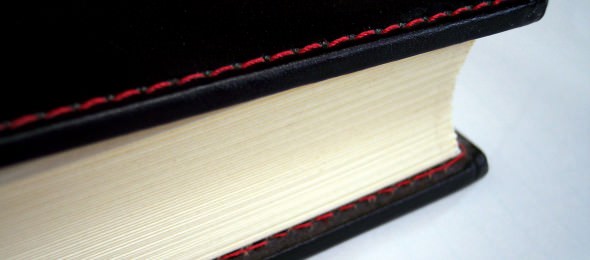The Third Edition of the College of Commercial Arbitrators Guide to Best Practices in Commercial Arbitration is now available. The expanded guide was edited by Carl Ingwalson, Vivien Shelanski, and past Disputing guest blogger James Gaitis. The newly revised guide also includes contributions from a number of College of Commercial Arbitrators fellows.
Here is a brief description of the guide:
The aim of the Guide is to identify best practices that arbitrators can employ to provide users of arbitration with the highest possible standards of economy and fairness in the disposition of business disputes. This third edition of the Guide refines the guidance contained in the first and second editions to take into account developing case law, revised institutional rules, advancements in arbitration techniques and thinking, and also addresses newly evolving issues such as electronic discovery.
There are significant differences in the ways in which arbitrations are conducted in different substantive fields of commerce and among different arbitrators in the same field. Techniques that are appropriate and useful in one case may be quite unsuited to another. For this reason, it is not possible to prescribe a single set of best practices that commercial arbitrators should invariably follow in every case. Rather, this Guide attempts to identify the principal issues that typically arise in each successive stage of an arbitration and to explain the pros and cons of various preferred ways of handling each issue. From this perspective, the best practice for an arbitrator is to carefully consider the merits of alternative techniques available for dealing with a particular issue and to then select the technique best suited to the situation. In addition, the Guide attempts to identify the full array of practices available for use in complex arbitrations, which can be adapted and streamlined for simpler cases.
Disputing would like to invite you to check out this useful publication!














